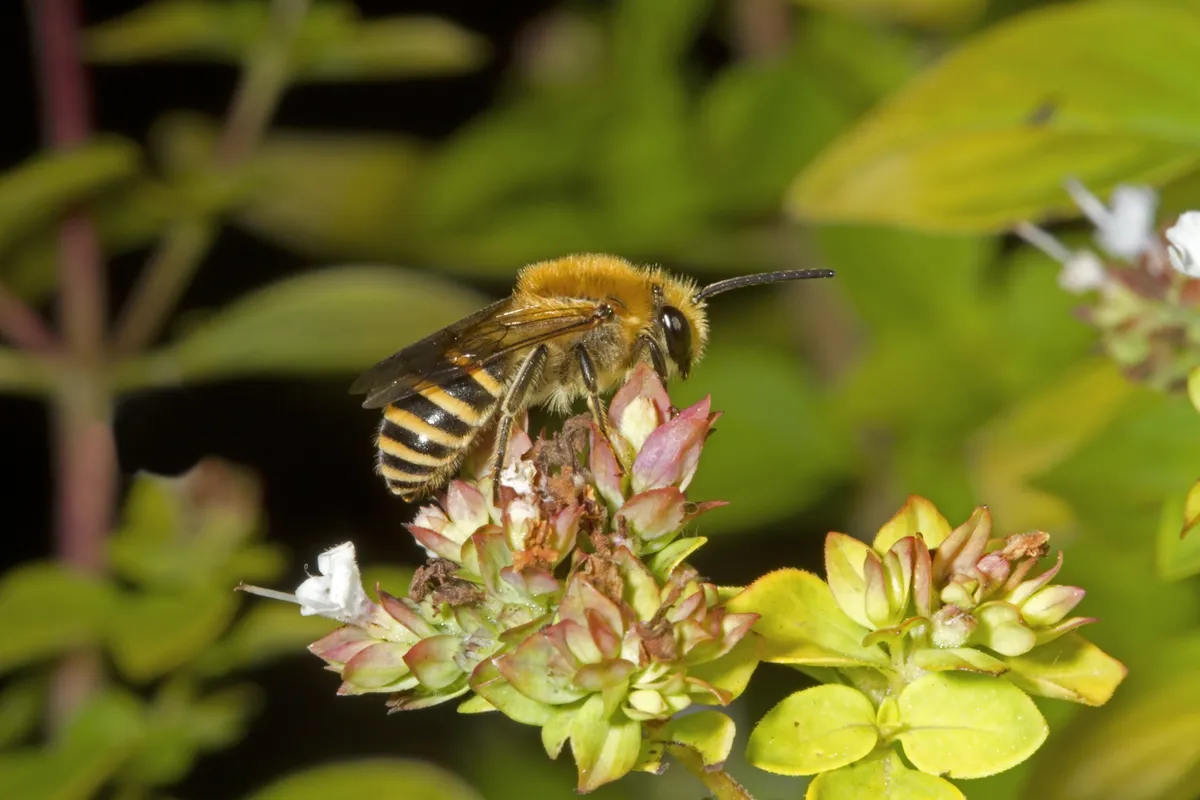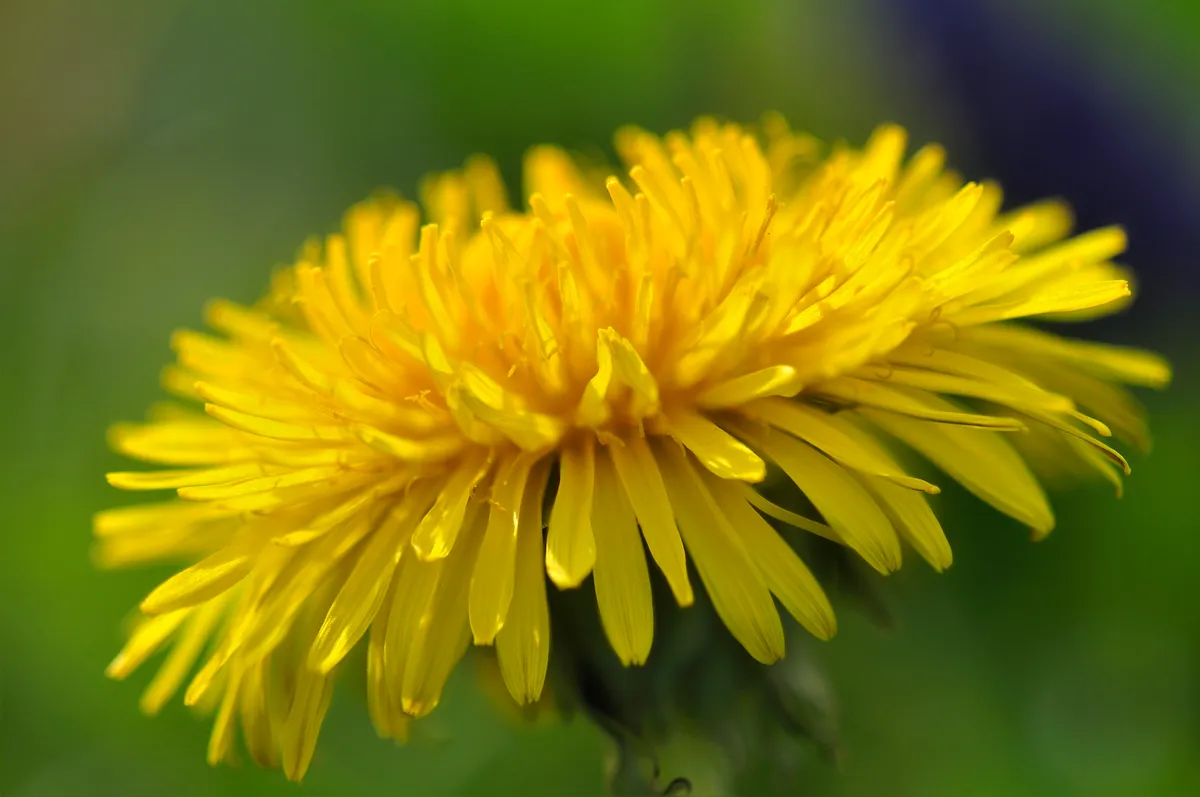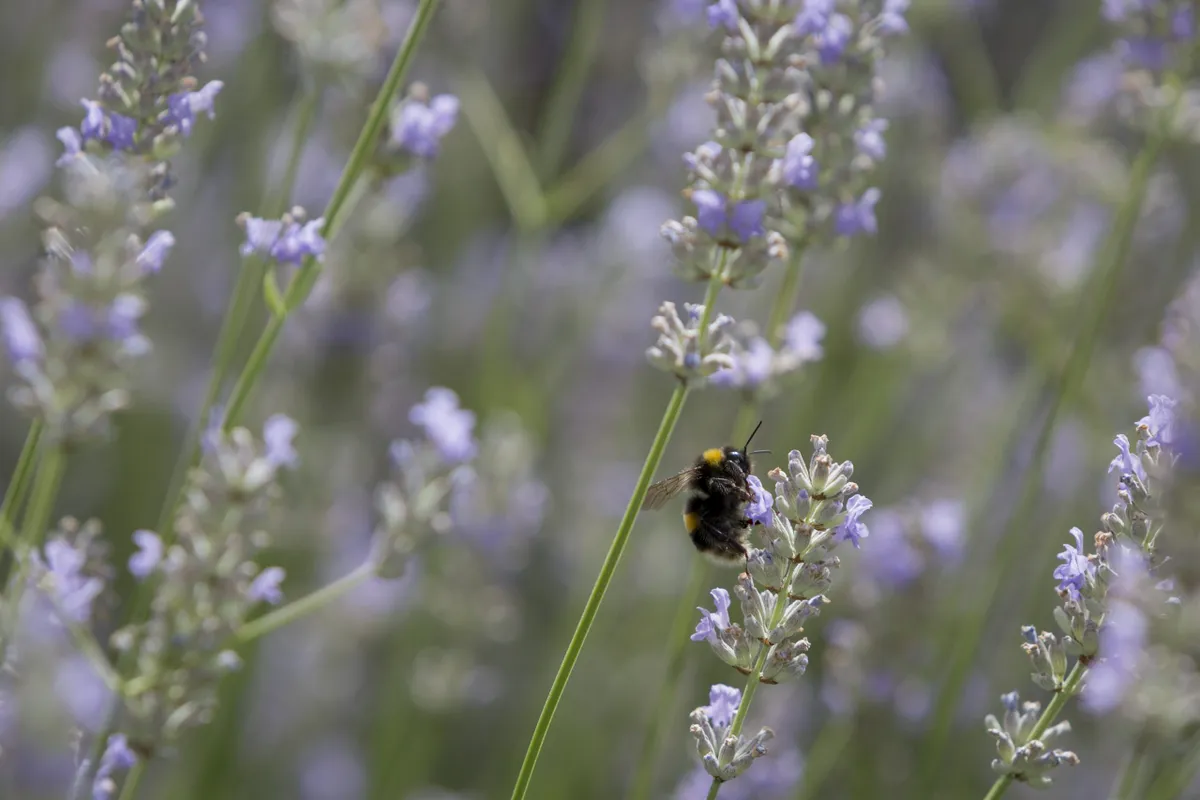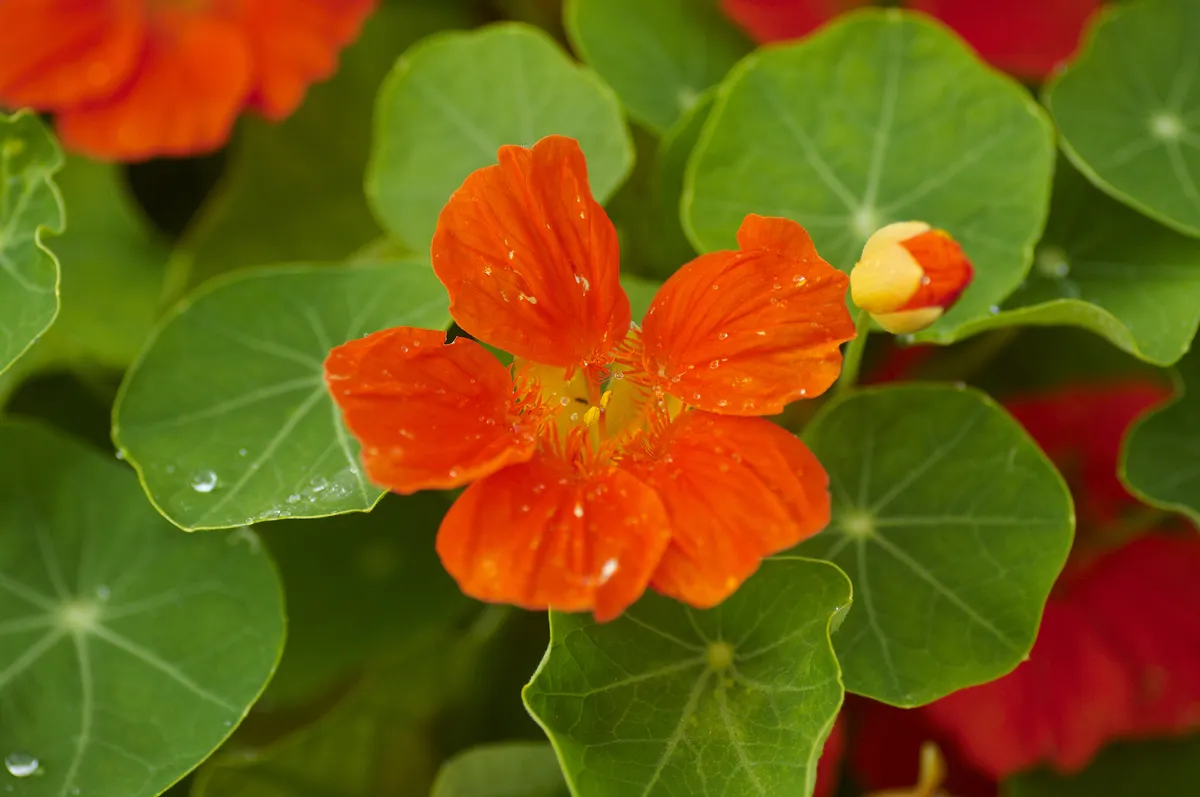Did you know that there are more than 200 species of bee in the UK? Only one of them is the honeybee, and just over 20 are bumblebees. The rest are all solitary bees.
Gardens offer some of the most important habitats for the wide variety of bees found in the UK.
“There are certain species of wild bee that are now more commonly found in back yards,” says Anthony McCluskey from the Bumblebee Conservation Trust. “A well-thought-out garden can provide nest sites and food for bees during their active period from March until October.”

Best flowers for bees
Make sure you have plenty of bee-friendly blooms, with at least two in flower at any given time from spring to autumn. Different species of bee are active throughout the year.
If you have a small garden, consider planting seasonal containers with bee-friendly plants.

- Spring: bluebell, dicentra, crocus, viburnum, lungwort, pussy willow, crocus, dandelion
- Early summer: campanula, comfrey, allium, borage, catmint, hollyhock, globe thistle, poppy, sweet pea, thyme
- Late summer: buddleia, cornflower, echinacea, foxglove, honeysuckle, lavender, nasturtium, ivy, sedum
Use the Bumblebee Conservation Trust's Bee Kind tool to find out how bee-friendly your garden is.

Next time you visit a garden centre, think like a bee. Many plants have been bred to have lots of petals, but these make it hard to access the nectar, so go for more ‘open’ plants. The RHS ‘Perfect for Pollinators’ tags are helpful; also look out for those that are already attracting bees.
More articles on plants for pollinators:
Avoid pesticides
Pesticides will almost certainly harm your bumblebees. To keep pests at bay, try planting key plants in combination.
Marigolds and tomatoes will repel greenfly and blackfly, garlic among roses will deter aphids, nasturtiums will lure aphids away from brassicas.

Find out more about companion planting and pesticide-free gardening with BBC Gardener's World Magazine:
Make a wild corner
If your garden has a south-facing bank, consider leaving it as a wild corner – it could offer great nest sites for warmth-loving solitary bees.
Remove any tussocks of grass to allow them to bury into well-drained soil, then leave this area undisturbed through the year.
Provide shelter
Sheltered, shady corners that are out of the way are much more attractive to bumblebees.
Include a few upturned/broken plant pots with some points of entry for added shelter.
You could also make or buy a bee hotel, which could be used by red mason bees, leafcutter bees and yellow-faced bees.
Main illustration. © Stuart Jackson Carter